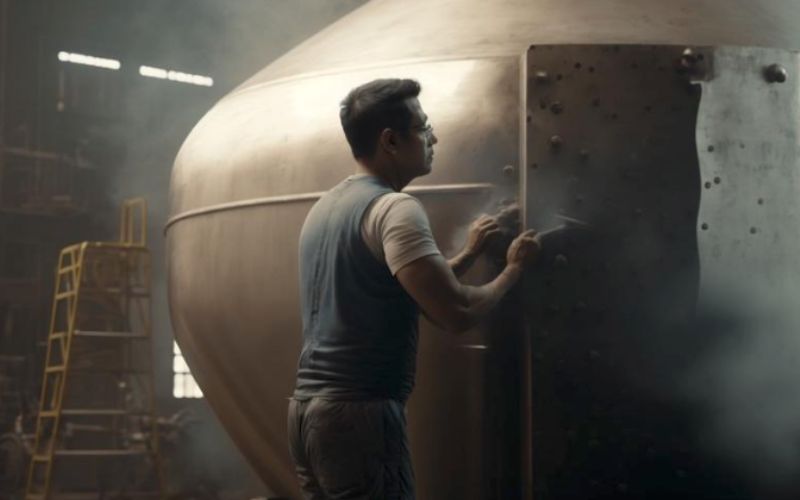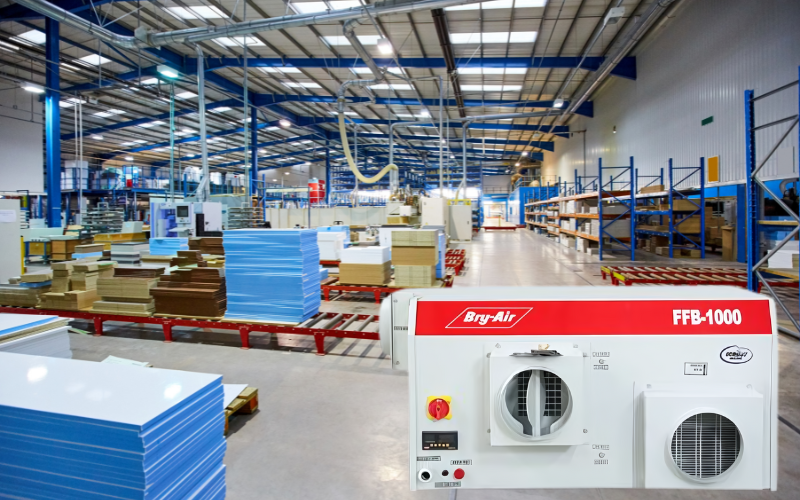Introduction
Proper surface preparation is the foundation of any successful painting or coating project. Ensuring the surface is clean, smooth, and ready to receive paint or coating materials is critical for optimal adhesion and a long-lasting finish. In this article, we will discuss the best practices for effective surface preparation for painting and coating and how TDS Asia can assist you in achieving a professional result.
Best Practice 1: Assessing Surface Condition
Before you begin any surface preparation for painting or coating, it is essential to assess the surface condition. Identifying cracks, peeling paint, or other imperfections can help you to determine the necessary steps to address these problems and ensure a successful outcome.
Examine the surface closely, take note of any areas that may require extra attention during the preparation process. Different surfaces like wood, metal, or concrete may have unique considerations when assessing their condition.
Best Practice 2: Cleaning the Surface
A clean surface is vital for optimal paint adhesion and coating performance. Begin by removing dirt, dust, and debris from the surface. Ensure it is free of any contaminants that may interfere with the paint or coating’s ability to bond with the surface.
Select appropriate cleaning methods and agents for the specific surface you are working with.
For example, a mild detergent and water may be sufficient for cleaning most surfaces, while a trisodium phosphate (TSP) solution effectively removes grease and stains from surface. Ensure that the surface is completely dry before proceeding with further preparation.
Best Practice 3: Repairing and Patching Damages
Once the surface is clean, address any damages, cracks, or imperfections you identified during the assessment. Using suitable fillers or patching compounds for the specific surface, fill in any holes or cracks and smoothen the surface.
A pre-mixed joint compound is typically suitable for repairing and Patching Damages for small holes and cracks in drywall. For bigger repairs, a setting-type compound may be necessary. Wood surfaces may require a wood filler or epoxy, while masonry surfaces may need a concrete patching compound.
After applying the filler, allow it to dry according to the manufacturer’s instructions. Make sure the repaired area is smooth and even with the surrounding surface before proceeding.
Best Practice 4: Sanding and Smoothing
Sanding is another critical step in surface preparation for painting and coating. It serves multiple purposes, including smoothing out repairs, removing old paint, and providing a better surface for the new paint or coating to adhere to.
Choose appropriate sandpaper grit based on the surface condition and type of material. Generally, a lower grit number is more abrasive and suitable for removing old paint and even out rough surfaces. A higher grit number is finer and ideal for smoothing out the surface.
For drywall, 120-grit sandpaper is usually sufficient, while wood surfaces may require a range of grits, starting with 80-grit for rough surfaces and moving up to 180-grit for a smooth finish. Masonry surfaces may need medium-grit sandpaper or a wire brush to remove loose particles.
When sanding, apply even pressure and move in a circular or back-and-forth motion, taking care not to damage the surface. After sanding, wipe down the surface with a damp or tack cloth to remove any residual dust.
Best Practice 5: Priming the Surface
Priming is an essential step in surface preparation for painting and coating. Applying a primer before painting offers several benefits, including improved adhesion, better coverage, and uniform finish.
Select an appropriate primer based on the surface material and the paint or coating to be used.
For example, a latex-based primer is generally suitable for drywall and wood surfaces, while a metal primer is necessary for metal surfaces to prevent rust and improve adhesion. Masonry surfaces may require a specialized masonry primer.
Follow the manufacturer’s recommendations for proper application and drying time for the primer. In most cases, allowing the primer to dry thoroughly before applying the paint or coating is essential. It ensures perfect bond between surface, primer, and topcoat.
Best Practice 6: Selecting Appropriate Painting and Coating Materials
The final step in effective surface preparation is selection of appropriate paint or coating materials. The choice of materials can significantly impact the overall project outcome, so it’s crucial to make informed decisions based on surface type, environmental conditions, and desired kind of finish.
When choosing paint or coating materials, ensure compatibility with the surface, primer, and other materials used during preparation. For instance, some paints may not adhere well to certain primers, or certain coatings may require specific surface conditions to perform optimally.
Additionally, consider factors such as drying time, durability, and ease of application when selecting materials. It can help you achieve the desired result while minimizing potential issues during the application process.
Conclusion
Proper surface preparation is the key to a successful painting or coating job. You can ensure a professional and long-lasting result by following best practices for assessing surface condition, cleaning, repairing and patching damages, sanding and smoothing, priming, and selecting appropriate materials. TDS Asia’s expertise and comprehensive range of services,can assist you in achieving the most effective surface preparation for painting, coating, and blasting projects.





